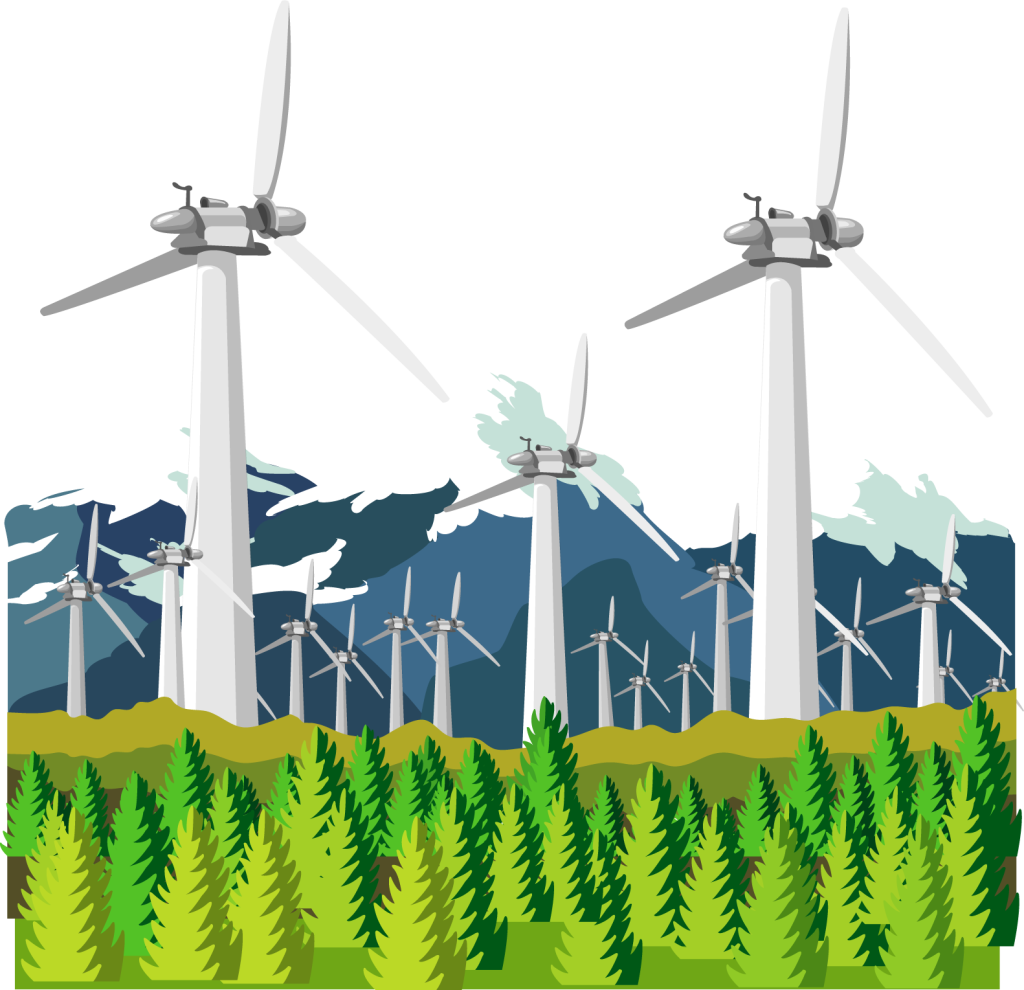Wind Resource Assessment

Introduction to Wind Resource Assessment
Wind resource assessment is a crucial step in wind energy development. It involves the measurement and analysis of wind patterns at a prospective site to determine its suitability for wind power generation. Wind resource assessment helps identify the wind speed, direction, and turbulence characteristics, which are essential for determining the potential energy output and efficiency of wind turbines at the site.
Question 1: What is Wind Resource Assessment?
a) Measurement of wind patterns at a prospective site
b) Analysis of solar energy potential
c) Assessment of water resources for wind power generation
Answer: a) Measurement of wind patterns at a prospective site
Importance of Wind Resource Assessment
Wind resource assessment plays a crucial role in wind energy projects:
- Site Selection: Wind resource assessment helps identify suitable locations with optimal wind conditions for wind turbine installation.
- Energy Production Estimation: It provides data on the expected energy production and helps in determining the financial viability of a wind project.
- System Design and Turbine Selection: The wind resource data helps in designing wind turbine systems and selecting the appropriate turbine models.
- Grid Integration: Assessing wind resources ensures proper integration of wind power into the electrical grid, minimizing system disruptions and maximizing energy output.
Question 2: What is one of the key reasons for conducting Wind Resource Assessment?
a) Site selection for wind projects
b) Analysis of solar energy potential
c) Estimation of water resources for wind power generation
Answer: a) Site selection for wind projects
Measurement Techniques in Wind Resource Assessment
Various techniques are used for wind resource assessment:
- Meteorological Towers: Tall towers equipped with anemometers, wind vanes, and other instruments to measure wind speed, direction, and other meteorological parameters.
- Lidar Systems: Remote sensing devices that use laser beams to measure wind characteristics, including wind speed, direction, and turbulence.
- Satellite Data: Satellite-based measurements provide valuable insights into wind patterns, especially at offshore wind farm locations.
- Computer Models: Numerical models use historical weather data and other inputs to simulate wind conditions and estimate wind resources.
Question 3: What are some of the measurement techniques used in Wind Resource Assessment?
a) Weather balloons, Tide gauges, Barometers
b) Meteorological towers, Lidar systems, Satellite data
c) Solar panels, Hydropower sensors, Anemometers
Answer: b) Meteorological towers, Lidar systems, Satellite data
Analysis and Data Processing
Wind resource assessment involves the analysis and processing of collected data:
- Data Quality Control: Checking and filtering the collected data to remove outliers, errors, and ensure data accuracy.
- Wind Speed Frequency Distribution: Analyzing the frequency distribution of wind speeds to understand the wind resource potential.
- Weibull Distribution: Fitting the wind speed data to a Weibull distribution to estimate the wind speed probability density function.
- Wind Rose: Plotting wind direction data on a polar graph to visualize the prevailing wind patterns at the site.
Question 4: What is one of the analysis techniques used in Wind Resource Assessment?
a) Solar irradiance analysis
b) Wind speed frequency distribution
c) Water flow rate estimation
Answer: b) Wind speed frequency distribution
Wind Resource Report
A comprehensive wind resource report includes:
- Summary of Wind Data: A summary of measured wind data, including wind speed, direction, turbulence, and other relevant parameters.
- Energy Production Estimation: Calculation of the potential energy production and capacity factor based on the wind resource data.
- Site Suitability Analysis: Evaluation of the site’s suitability for wind power generation, considering wind resource potential, topography, and other factors.
- Recommendations: Recommendations for wind turbine selection, system design, and other considerations for the wind project.
Question 5: What is included in a comprehensive Wind Resource Report?
a) Analysis of solar energy potential
b) Summary of measured wind data, energy production estimation, site suitability analysis
c) Assessment of water resources for wind power generation
Answer: b) Summary of measured wind data, energy production estimation, site suitability analysis
Conclusion
Wind resource assessment is a critical step in wind energy development, providing essential information for site selection, turbine design, and project feasibility. It involves the measurement and analysis of wind patterns, enabling accurate estimation of wind energy potential. Wind resource assessment plays a vital role in ensuring the successful and efficient deployment of wind power projects.
Case Studies
Well Done !